
If there is one thing you learn pretty quickly when you bring a houseplant home, it’s that not killing your plant often turns out to be a lot harder than you thought it would be. And that’s just keeping it alive.
If you want a thriving, growing plant that requires time, effort and knowledge.
Enter social media.
In a world where information, especially bad information, spreads quickly and easily, it’s only a matter of time before we encounter terrible plant advice.
Or sometimes, we pick up bad habits as a new plant owner and only realize it after we’ve successfully killed our plant.
It’s time for some tough love.
I’ve rounded up a few of the worst internet advice and plant killers in the hopes that we can put these tips or practices to bed once and for all.
1. Watering Your Plants with Ice Cubes
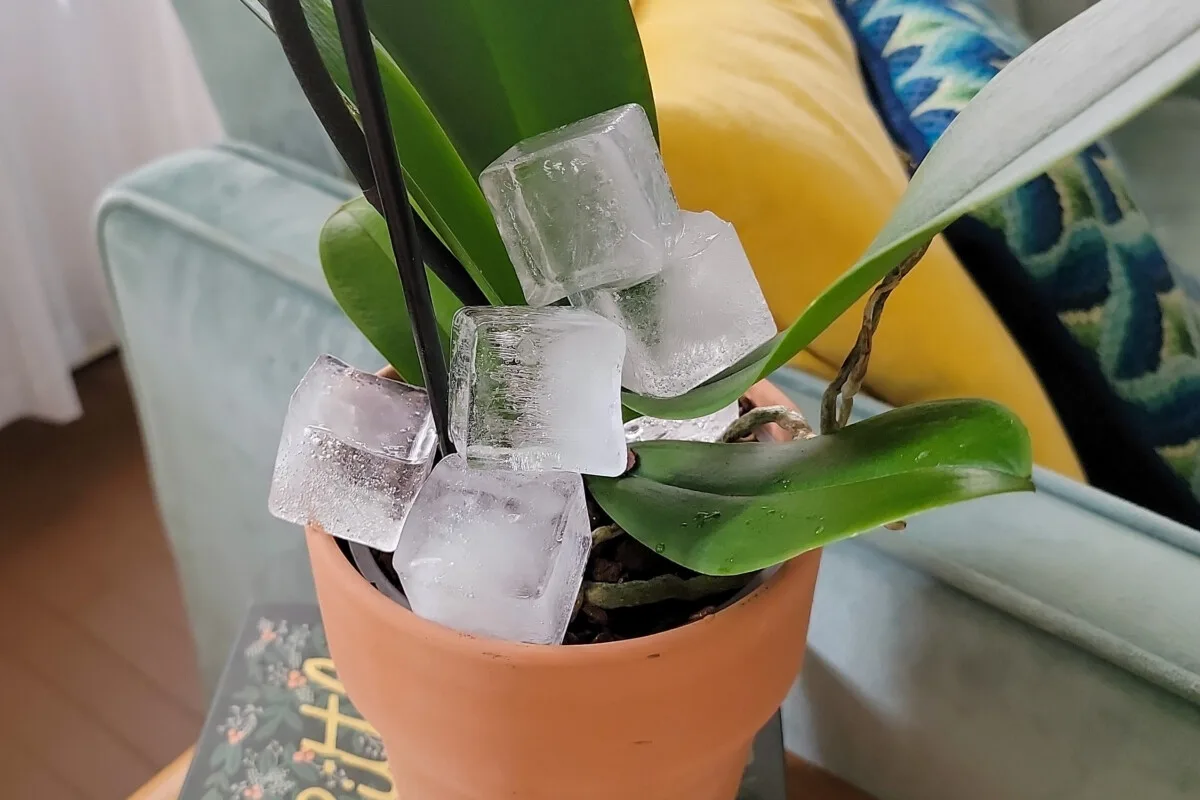
You absolutely can water your orchids with ice cubes. And it’s a reasonable way for new orchid owners to care for their plants. (I’ll bet that’s not where you thought this was heading.)
But it’s imperative that you make sure the ice cubes do not touch the leaves. While the roots can handle the cool water, the leaves will suffer chill damage quickly if directly touching the ice cubes.
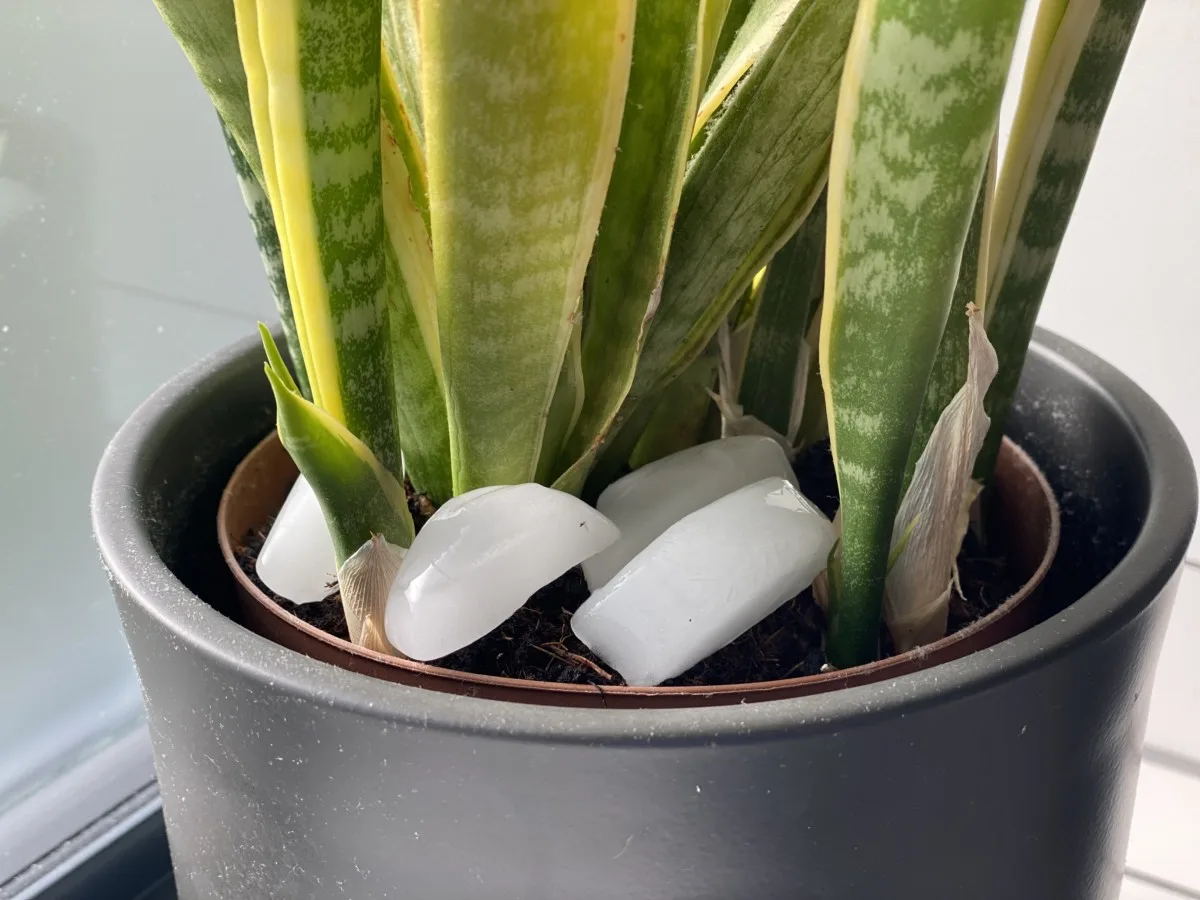
Letting an ice cube melt over them is going to cause damage to the plant over time and eventually kill it.
I promise you, in the time it takes you to dig the ice cube tray out of your freezer and crack a few cubes out of it, you could have as easily filled the watering can with water. You’re not really saving any time, and in the end, you’re causing harm to a plant you’re trying to keep alive.
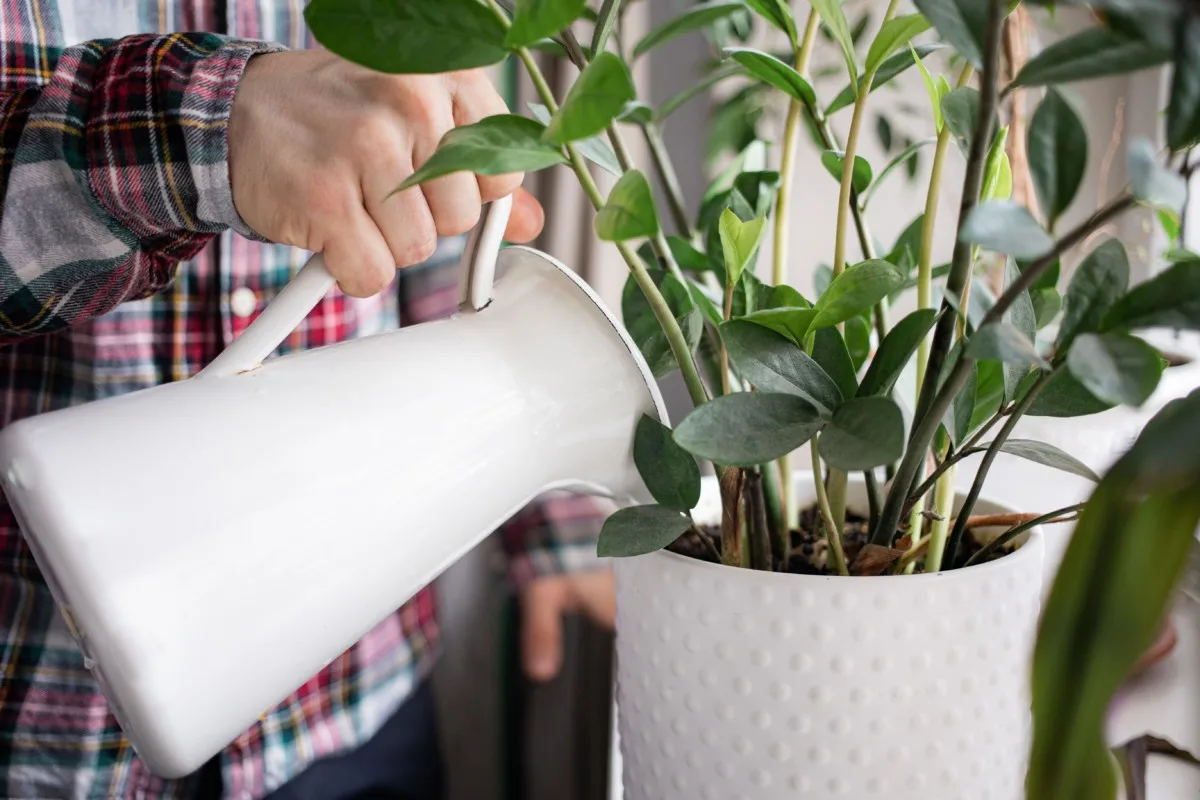
Save the ice cubes for your drinks, and water your plants with room temperature water.
2. Growing Epiphytes in Soil
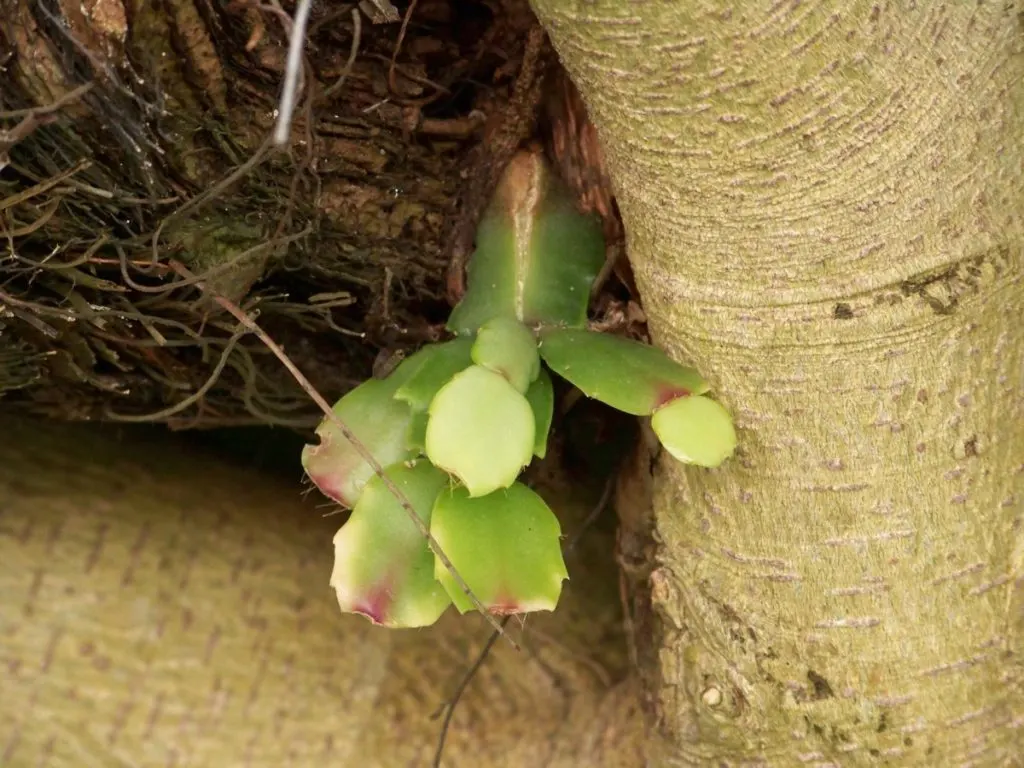
I can think of several epiphytes that are popular houseplants. The problem with this is nine times out of ten, when you buy them at the nursery, they’re grown in potting soil.
The other problem is that most beginner houseplant owners have no idea what an epiphyte is and how that changes their soil needs.
An epiphyte doesn’t grow in soil.
In their natural habitat, an epiphyte grows in the crooks of trees or in rock crevices where a bit of organic litter has collected. These plants don’t develop large, underground root structures like, say, a tomato, but rather they take in most of their water and nutrients from their leaves and roots that grow above ground.
These roots are usually called aerial nodes.
Epiphytes also use these aerial nodes to help them cling to and climb whatever surface they happen to be growing near.
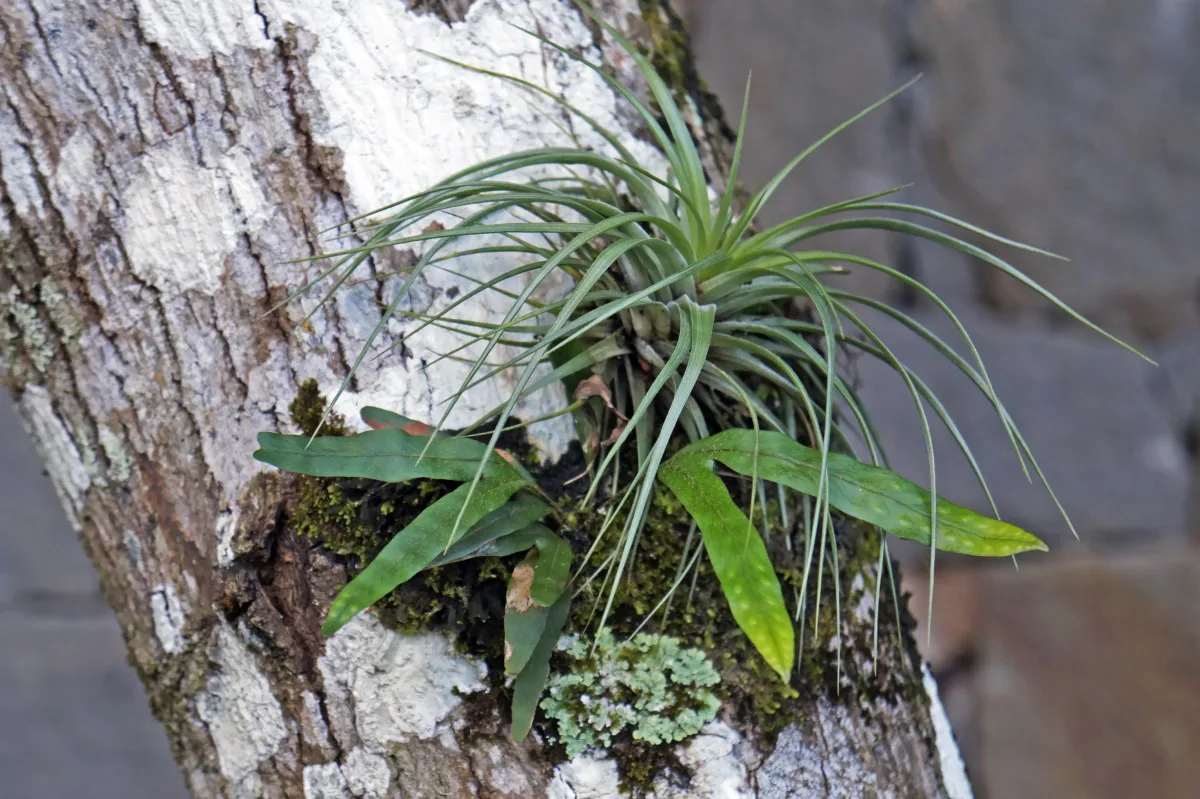
A few common houseplants that are epiphytes are Christmas cactus, orchids, staghorn ferns, bromeliads, hoya and tillandsia (air plants), to name a few.
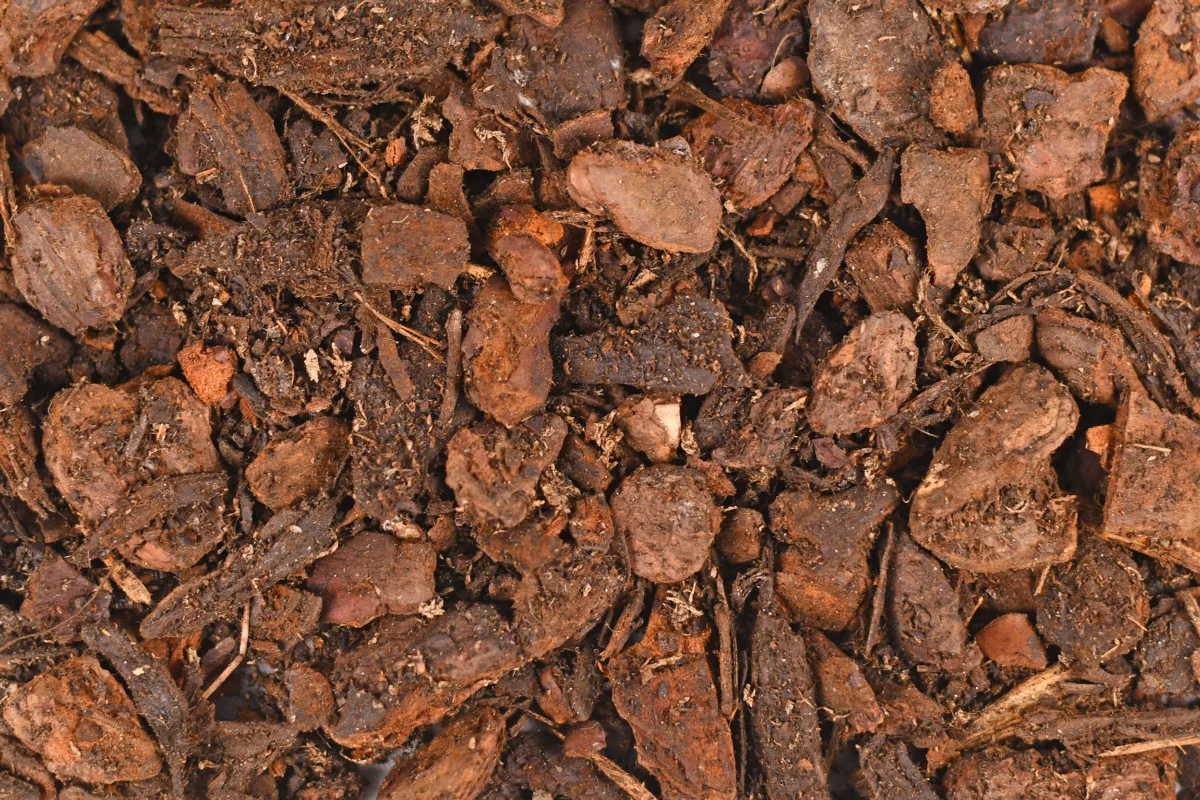
Most epiphytes spending their life in potting soil eventually succumb to root rot. The weight of potting soil can also compress their roots and eventually kill them.
If you have any of these plants growing in a pot with potting soil, the best thing to do would be to repot it using an epiphyte-specific potting mix, like an orchid mix and add a little sphagnum moss.
3. Using a Leaf Shine Spray
It’s kind of funny when you think about it. We want real plants, not fake ones. But then we go out of our way to make our natural plants look as unnatural as possible.
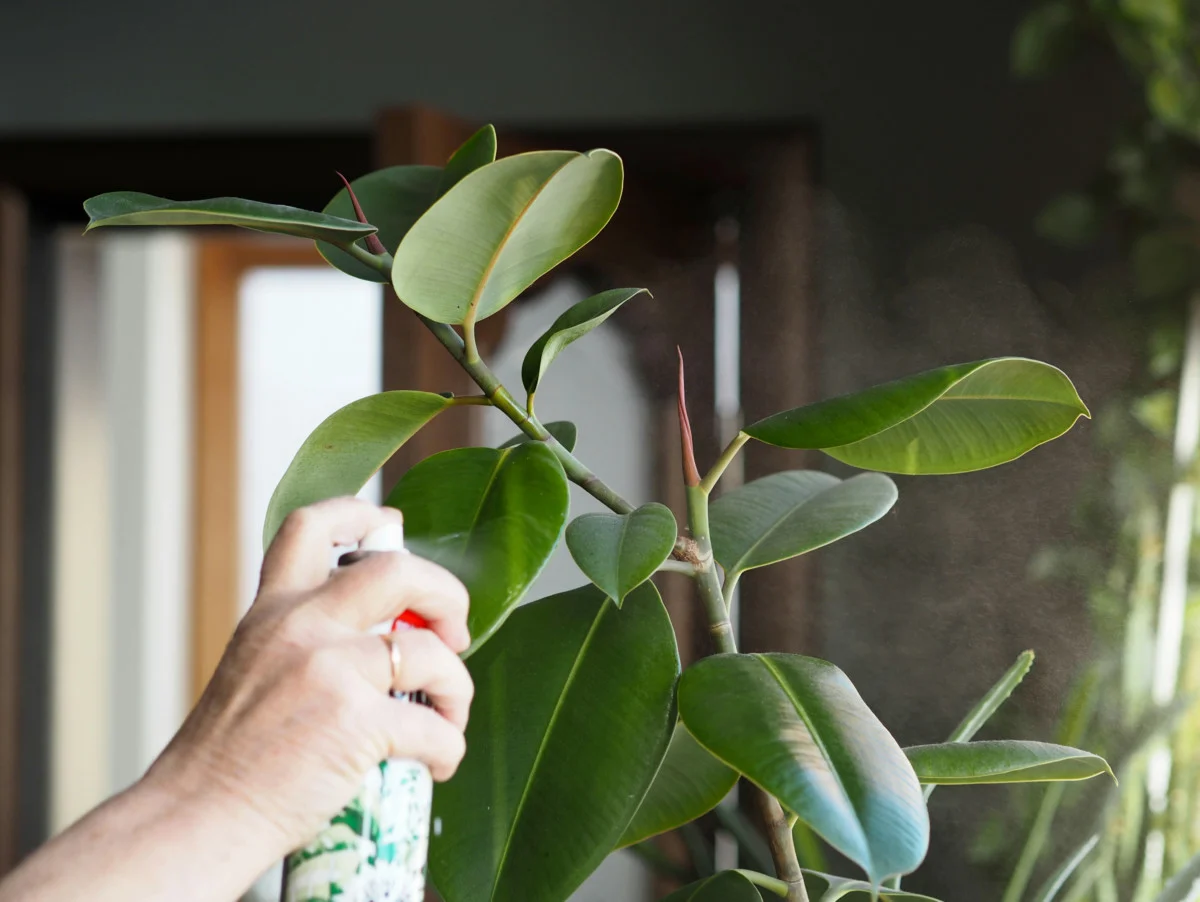
Leaf shine.
You spray it on the leaves of your plants to make them shiny, as in, plastic shiny.
There are quite a few manufacturers of this stuff. My local nursery sells a brand that comes in tall aerosol spray cans that would put 60s hair spray to shame.
While yes, I will admit shiny, clean leaves do have a certain appeal, it’s absolutely awful for your plants.
Plants ‘breathe’ through their leaves, and when you spray them down with these polishes, you’re clogging the plant’s stomata (think pores, but for plants). Many of these leaf shine formulas are oil, or worse, wax-based, so they aren’t coming off once sprayed on.
Even worse are the homemade leaf shine suggestions I keep seeing on social media, like wiping your plant’s leaves down with things like olive oil and mayonnaise. You’re just begging for a pest infestation with this practice.
Your plant might look good for a while, but it’s suffocating.
On top of leaf shine being bad for your plant, your plants become dust magnets once you use it. Those shiny leaves last for a week before picking up all the dust and turning into a gummy mess.
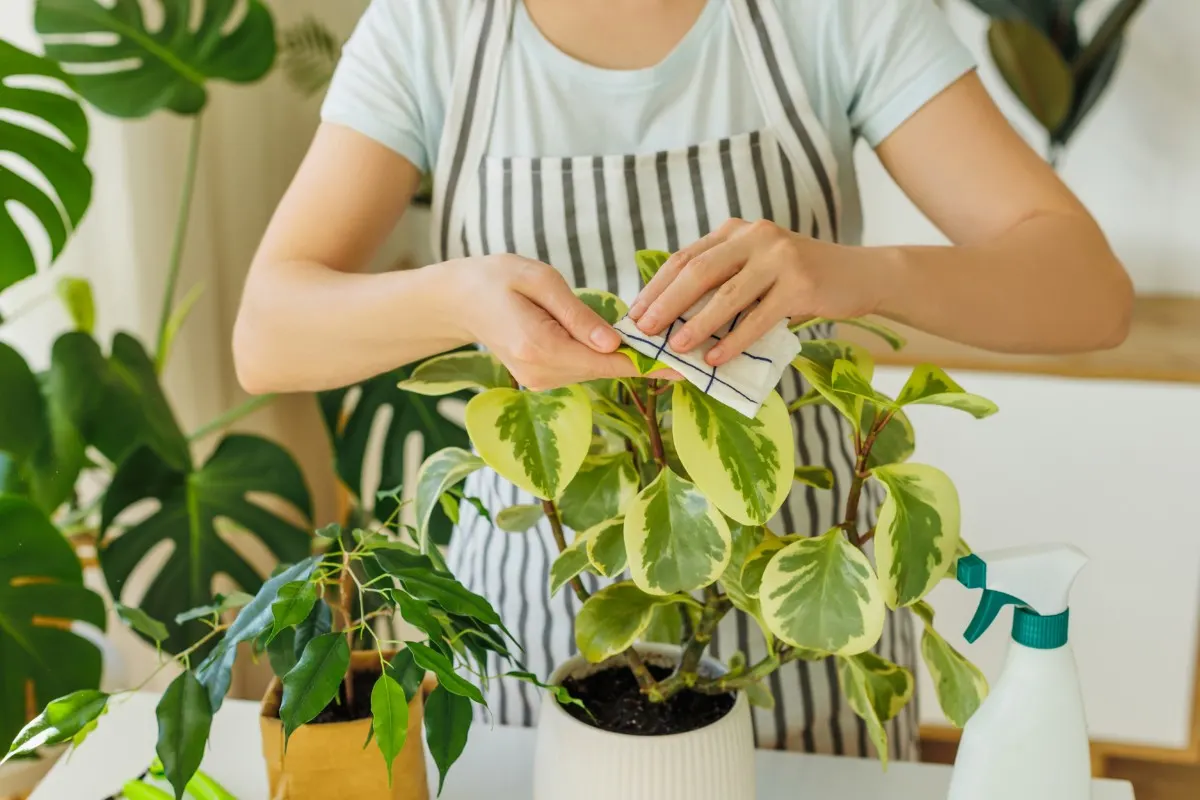
Wipe your plant’s leaves down with a soft, damp cloth (flannel is great) and enjoy the natural satiny glow of those beautiful green leaves.
4. Putting Rocks in the Bottom of a Pot
Yup, this is another one that pops up everywhere. On the surface, it kind of makes sense, you want proper drainage for your plant, so it’s not sitting in soggy soil developing root rot.
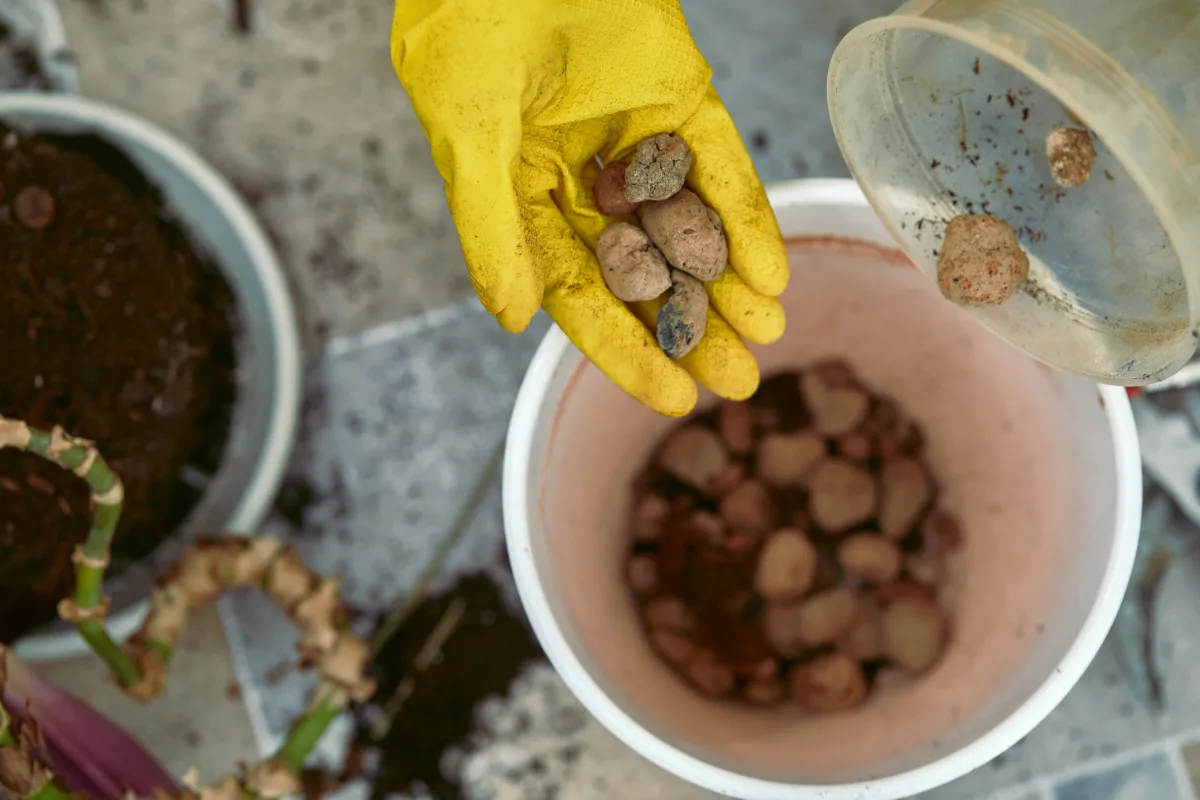
However, take a closer look, and you’ll see that you’re cheating your plant out of vital nutrients. Plants develop their root structure in the soil specifically to take up water and nutrients. The roots need to be in contact with the soil to do this. This is why root-bound plants stop growing; there isn’t enough soil left for a good nutrient and water exchange with the roots.
By adding rocks to the pot, you’re taking up precious root real estate. Depending on the size of the rocks and the pot, you could be cutting your spoil space in half. The smaller the pot, the less wiggle room you have.
The best way to assure good drainage is to use a pot with a hole in the bottom and start with a quality potting mix.
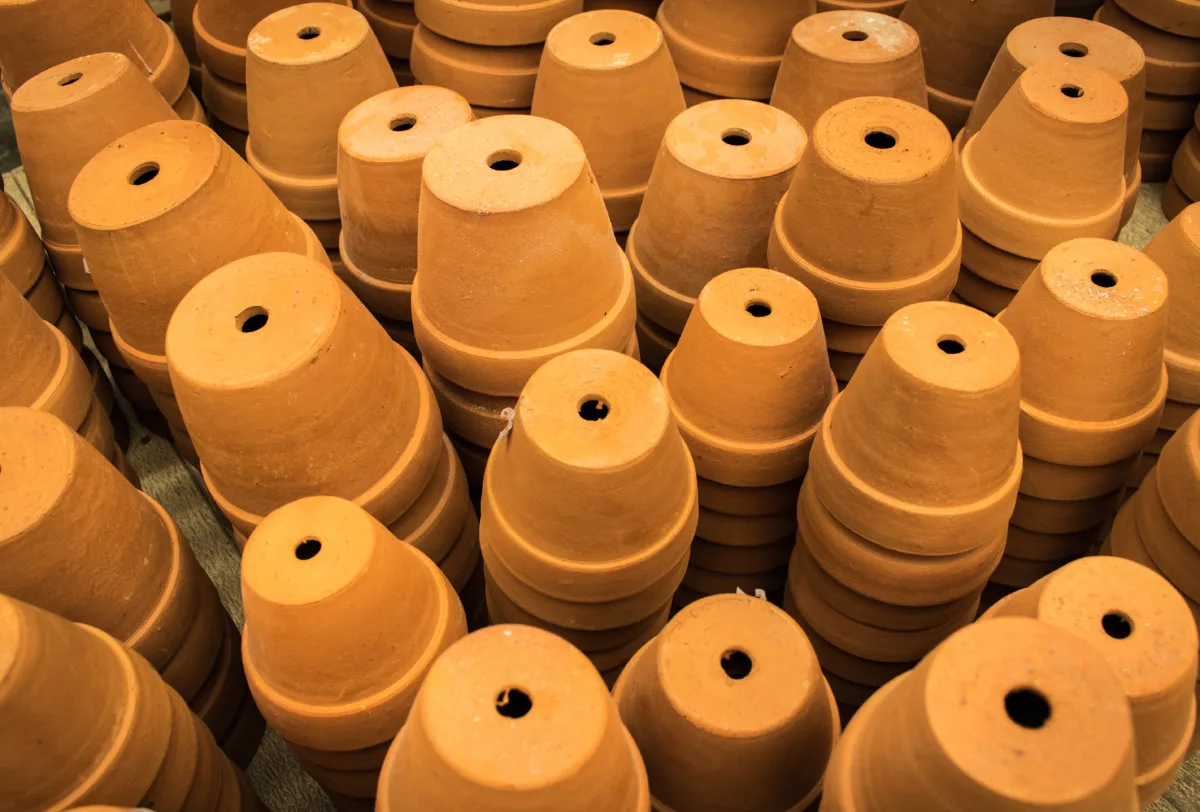
A good potting mix contains a blend of peat or coconut coir, vermiculite and perlite. These are all things that promote good drainage and oxygen exchange. If you’re using a good potting mix, then the rocks are unnecessary.
The only thing you should be putting in the bottom of the pot is a pot shard or a larger pebble. You want something large enough to sit over the drainage hole and prevent soil from running out but not so big that it prevents water from draining.
5. Stop Putting Rubbing Alcohol on Your Plants
This is often advised when dealing with pests such as scale or to control fungus gnats. It usually goes something along the lines of “wipe the leaves down with a cotton swab soaked in alcohol” or “pour alcohol into the soil”.
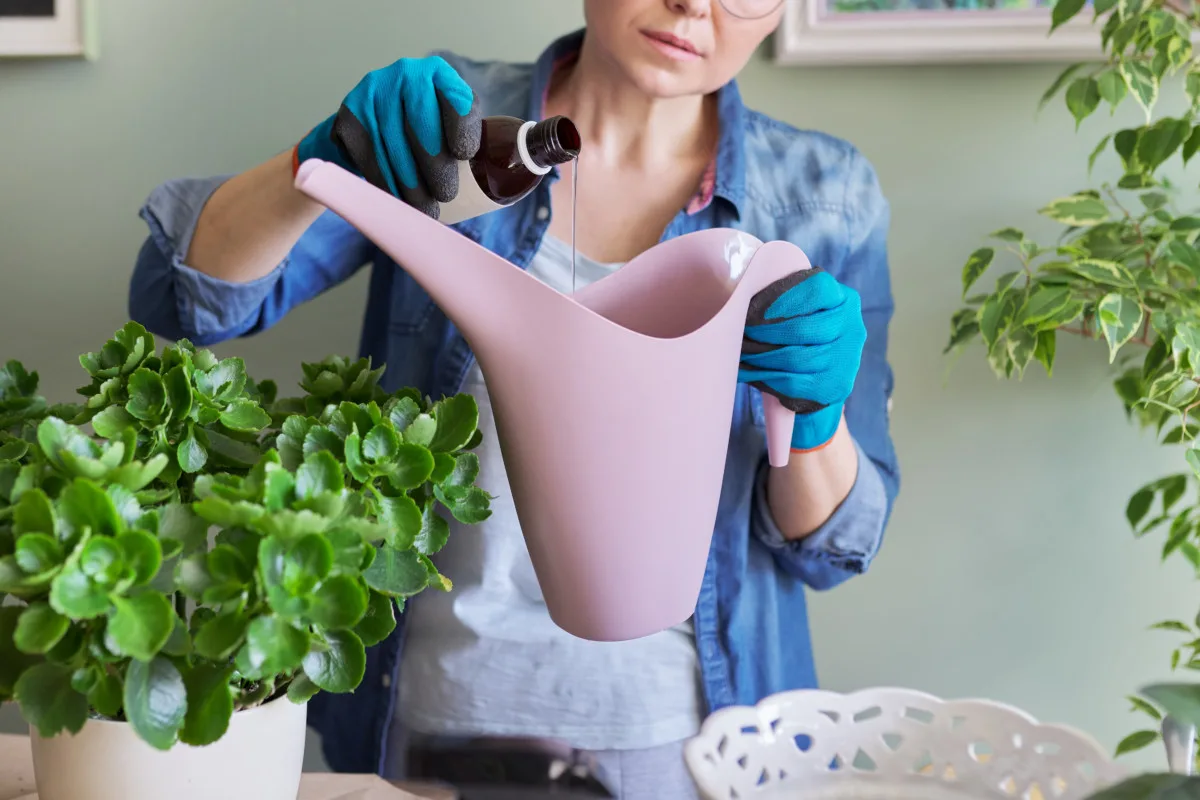
Doing either of these can kill your plant.
Even if it doesn’t kill the plant, you’re adding more stress to an already struggling houseplant.
Alcohol is incredibly drying; this is why we avoid using hair and skin products that contain alcohol – it messes with our natural acid mantle and can cause irritation. The same applies when you’re wiping down your plant with alcohol.
And pouring alcohol directly into the soil is a great way to burn your plant’s roots, causing severe damage.
Leave the rubbing alcohol in the first aid kit where it belongs.
6. Stop Putting Succulents in Terrariums
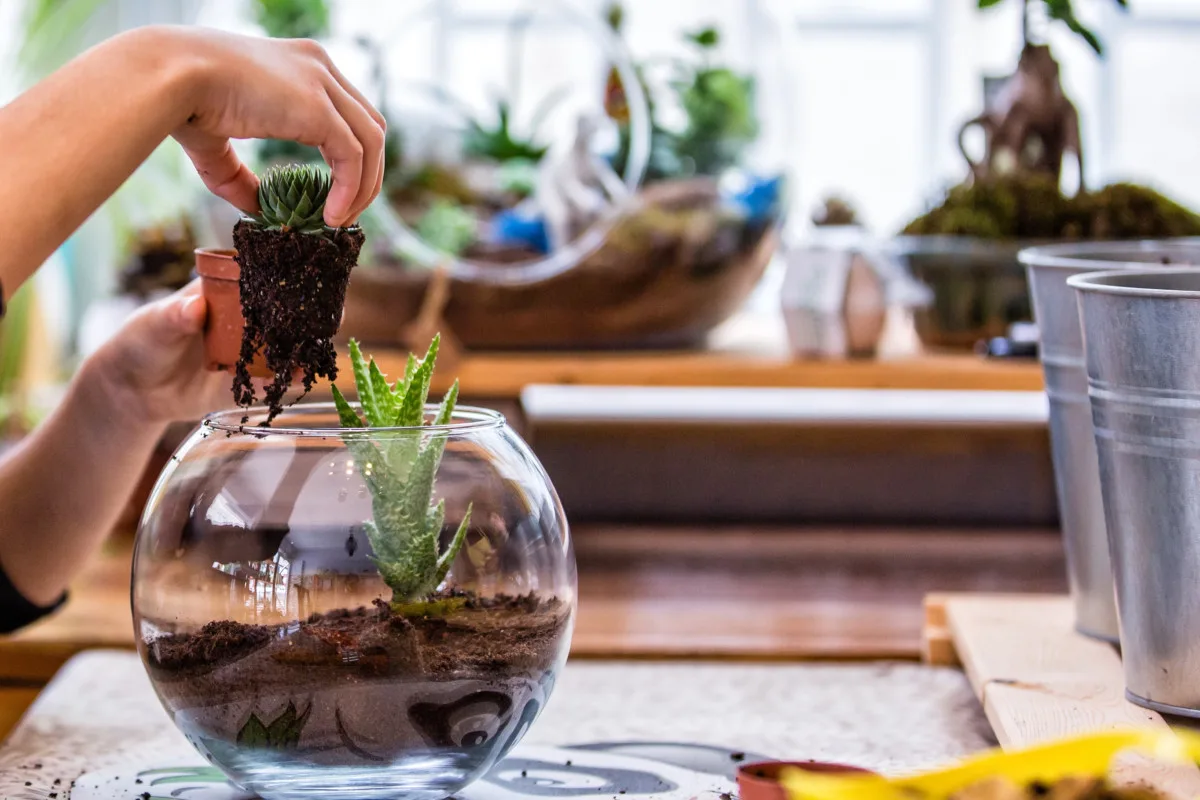
Succulents naturally grow in some of the toughest weather out there. You’ll find them growing low to the ground, baked by the sun overhead in arid deserts. Or you can find them clinging to a rock on the side of a windy mountain. They have adapted to growing in dry conditions, whether because of constant sun exposure or windy conditions that dry out the soil.
So, when you create your beautiful terrarium and populate it with the lovely pastels of a few succulents, you’re eventually going to be met with a rotten mess if you put a lid on it.
The moisture created in a closed terrarium will cause your succulents to rot and die.
The basic shape and nature of a terrarium hold moisture and humidity in a tiny microenvironment, even if you don’t make it a closed terrarium. Think about a succulent’s natural habitat, and you can see you’re creating a terrarium doomed to fail.
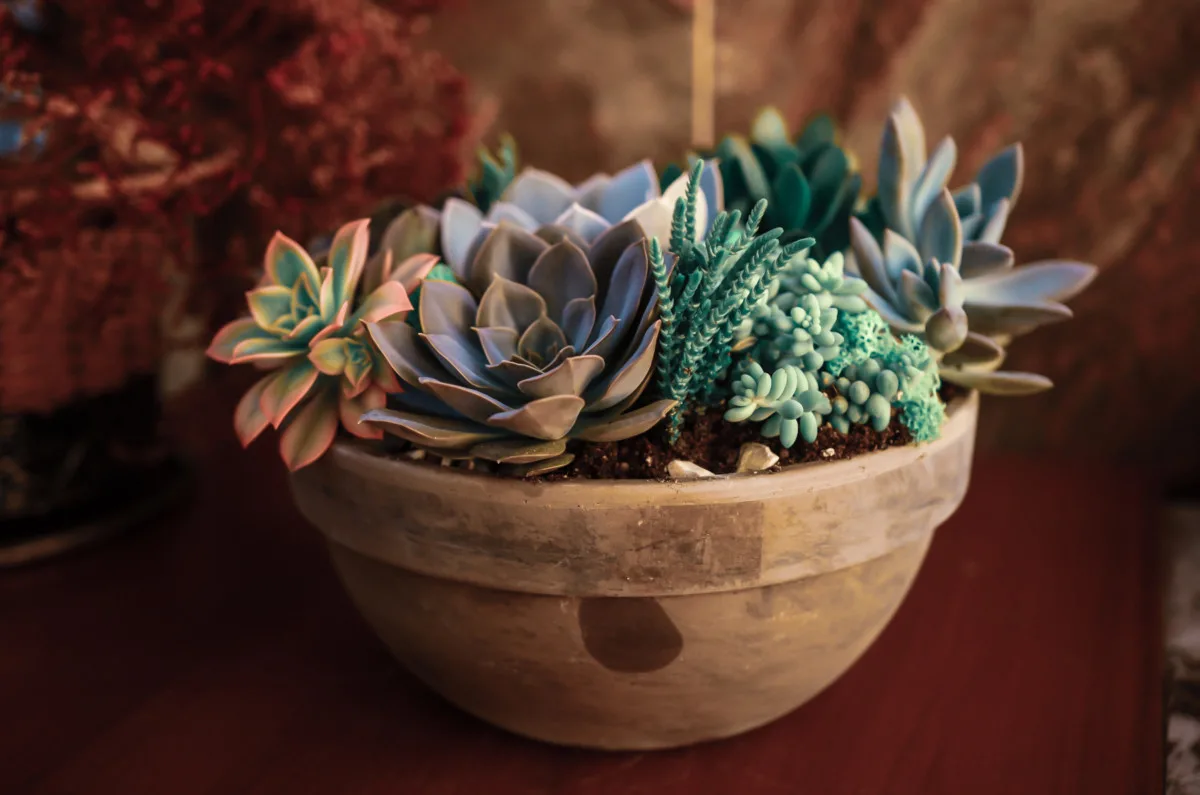
Instead of a terrarium, consider making a succulent dish. Use a wide, open container with low sides for better air exchange.
Spotting Bad Advice
Now that we’ve rid ourselves of some poor plant husbandry, going forward, how do you sort the good from the bad?
One of the easiest ways to spot terrible houseplant advice is to become knowledgeable about your plant’s natural habitat. Once you know how they flourish in the wild, it’s much easier to anticipate what they prefer in your home.
You want to mimic their natural home as closely as possible.
Then it becomes easier to sort out the good advice from the bad – for instance, the bit about planting succulents in a terrarium. If you know where succulents grow naturally, it’s easy to look at the humid environment of a terrarium and realize the two don’t mix.
Granted, this takes a little research and a bit more effort, but in the end, you will have a happy, healthy plant that grows into a mature specimen.
Now that we’ve successfully rooted out these bad houseplant practices, let’s all take a moment of silence in memory of the houseplants lost to them.

Get the famous Rural Sprout newsletter delivered to your inbox.
Including Sunday musings from our editor, Tracey, as well as “What’s Up Wednesday” our roundup of what’s in season and new article updates and alerts.

